Cooler temperatures and fewer crowds make fall an ideal time for anyone booking European tours. But monumental bird migrations magnify the draw for those of us hauling long lenses and bags of binoculars.
Guests joining Naturalist Journeys for three upcoming European tours will experience two of Earth’s eight major bird migration “flyways,” getting great looks at distinctive sets of birds coming and going to different places.
Our Spanish Birding and Nature Sept. 3-15 and Portugal Nature and Birding Oct. 2-14 follow the East Atlantic flyway, the bird superhighway between Scandanavia and West Africa. With connecting avian flights from Siberia to the Middle East and Central Africa, our Sept. 16-25 Romania and Bulgaria Birding and Nature Tour traces the Black Sea-Mediterranean flyway. All three European tours offer ample cultural and culinary delights alongside these rich birding and nature experiences.
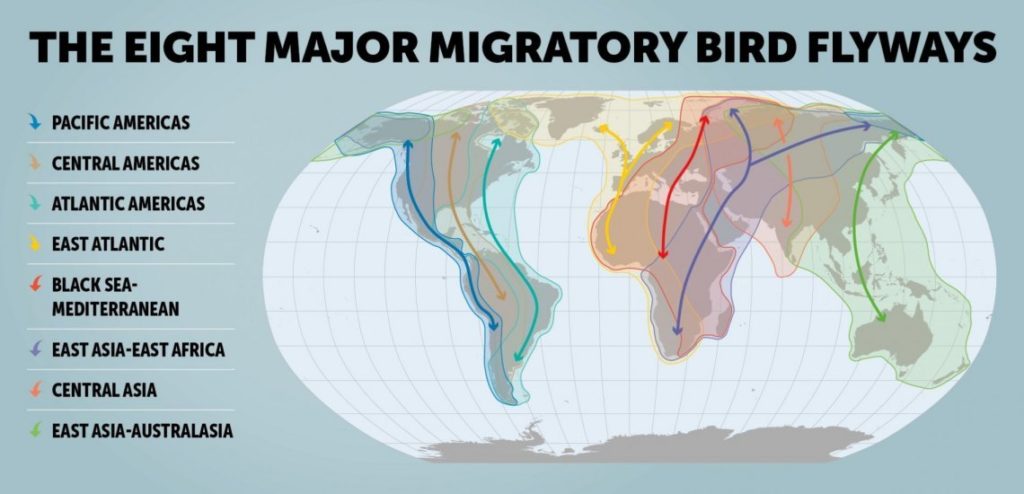
Bird Migration Excites Our European Tours
Times of mass bird migration add further mystery and delight for birders already far from home on our European tours. As Carlos Sanchez, guide to our Spanish Birding and Nature Tour puts it: “You can walk the exact same paths at the same time of day and experience a very different set of birds. It’s really an exciting time of the year.”
From the birds’ own perspective, migration is a risky business, but a risk that one in five birds takes, according to BirdLife International, the world’s largest conservation partnership. As there are more than 10,000 bird species on the planet, some 2,000 of them elect to live in more than one place, summering and wintering, expanding their horizons for finding food, shelter and a place to raise their young.
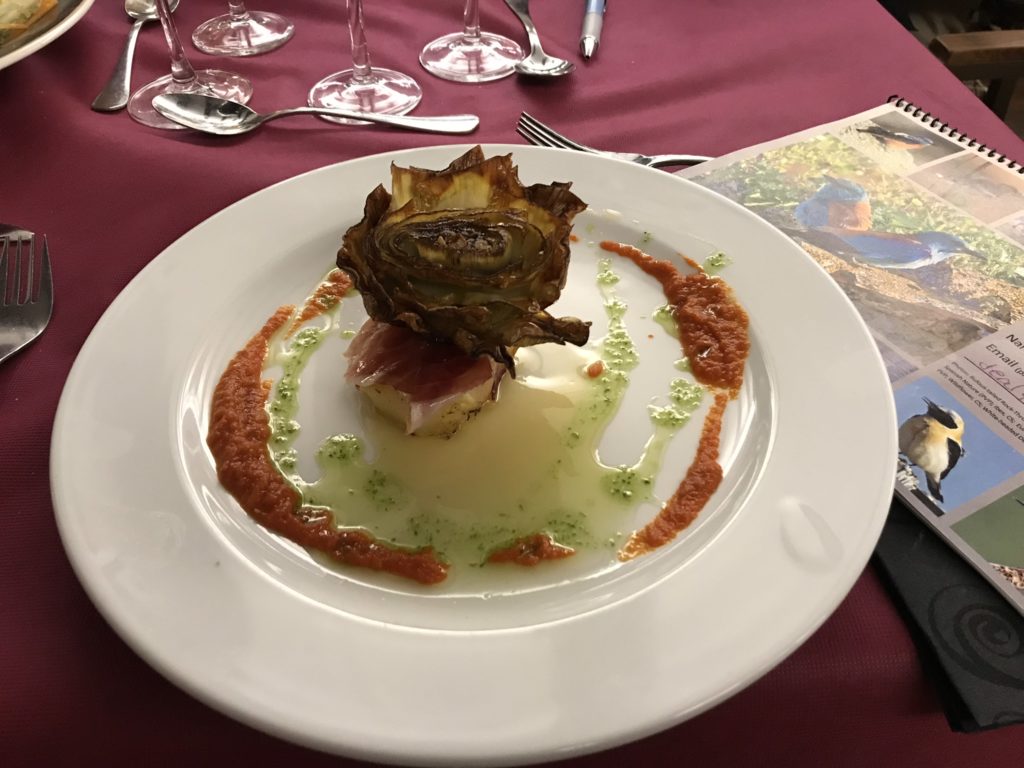
Birds also embark on European tours, spending summers in Scandinavia and winters in Spain, Morocco and parts further south along the Eastern Atlantic Flyaway.
Some fly during the daytime, using the updraft of thermals, including the many species of Eagle we expect to see in Spain: Bonelli’s, Golden, Short-Toed and Spanish Imperial. In all, some 20 species of raptors can be found doing this daytime drift, hugging the coastlines and the mountains during spring and fall migration.
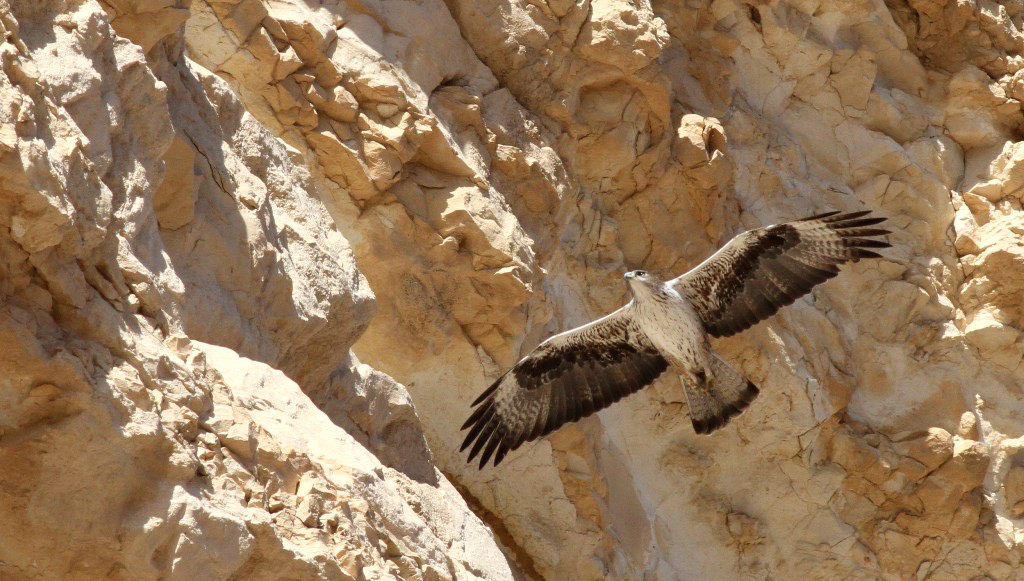
Meanwhile, smaller birds will often make their journeys at night, to avoid predators, heat and dehydration, including the Common Whitethroat and other songbirds, which must cross the ever-larger Sahara desert to get to their winter homes. More of them will die trying to make that crossing than in the entirety of their 6-month winter residence in Sub-Saharan Africa, according to data from Birdlife.org. The conservation organization warns that climate change will make these transits “increasingly arduous.”
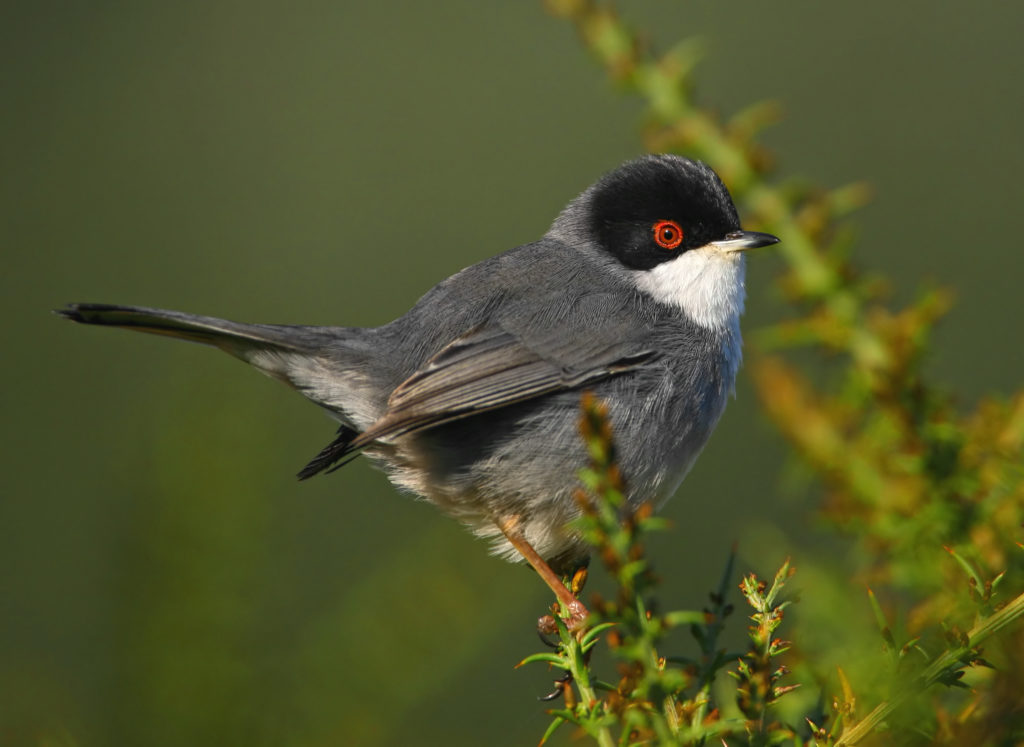
The rapid loss and degradation of habitat along these bird migration flyways is one of the most significant challenges these birds face — particularly the ones that travel the furthest, like Arctic Terns, which travel from pole to pole. The unintended consequences of something as simple as a changed business model can be devastating, as with the abandonment of many European and North African saltpans — manmade structures created to harvest salt from the sea relied upon by many migrating bird species for transitory habitat.
Protecting habitat along these vast areas is a major focus for BirdLife.org and their many conservation partners. The identification and protection of Important Bird Areas is a major part of what they do.

Here’s a bit more tour-specific information about the bird species, migratory and endemic, you might expect to see:
Spain Birding and Nature in Andalusia Sept. 3-15
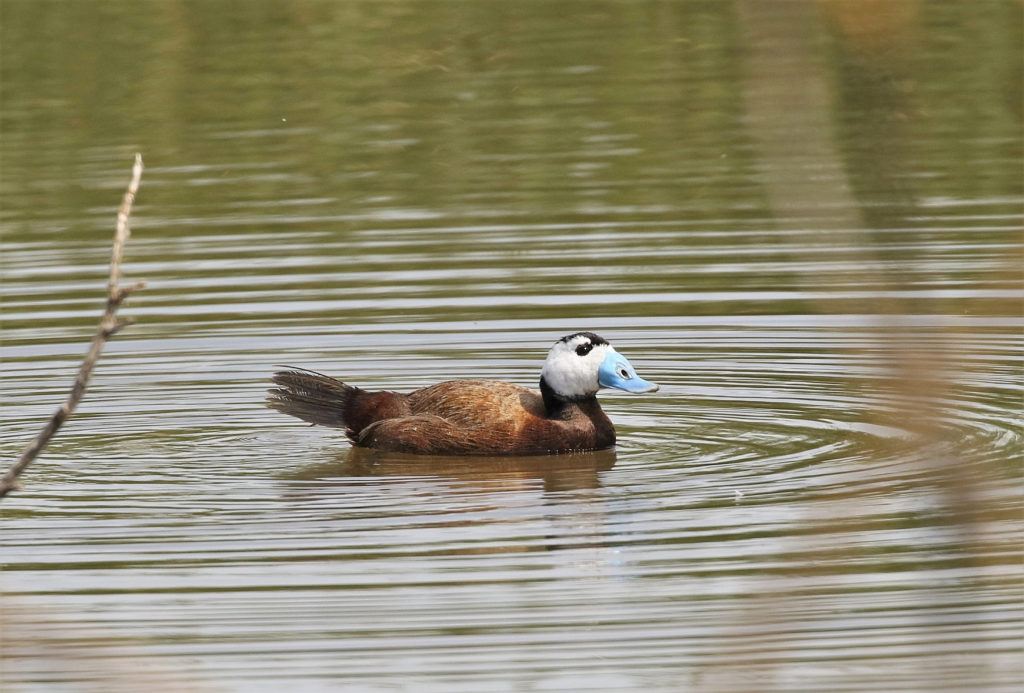
On this trip, we explore one of the largest and most important wetlands in Europe, Doñana National Park, and experience its rich diversity of water birds, including Greater Flamingo, Eurasian Spoonbill, Squacco Heron, and Collared Pratincole. As noted earlier, as many as 20 raptors may be seen on this trip. Our tour is also timed for the movement of songbirds.
Romania-Bulgaria Black Sea Coast Migration Sept. 16-25
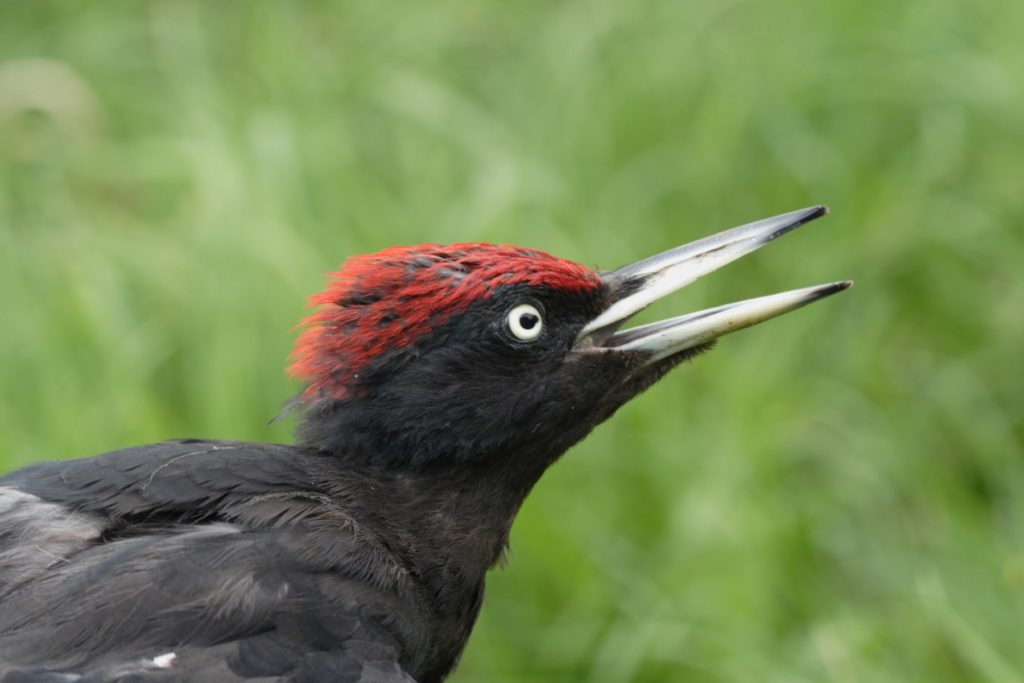
We spend the first half of the tour in the Dobrudja region shared with both Bulgaria and Romania, exploring shallow brackish lagoons, sandy beaches, freshwater marshes and reed beds. Species we should see include Dalmatian and Great White Pelicans, Pygmy Cormorant, Red-footed Falcon, and Whiskered and White-winged Terns.
We visit the only steppe habitat in the European Union and home to a rich variety of nesting grassland birds such as Pied and Black-eared Wheatears, Calandra and Greater Short-toed Larks, and Long-legged Buzzard.
We end on the southern coast of Bulgaria, exploring the wetlands around Bourgas and the broad-leaved forests of the Strandzha Hills. We may see Syrian, White-backed, Lesser Spotted, and Black woodpeckers with guide Gerard Gorman, whose celebrated book “Woodpeckers of the World” is considered the definitive work on woodpecker species.
Portugal Nature and Birding Oct. 2-14
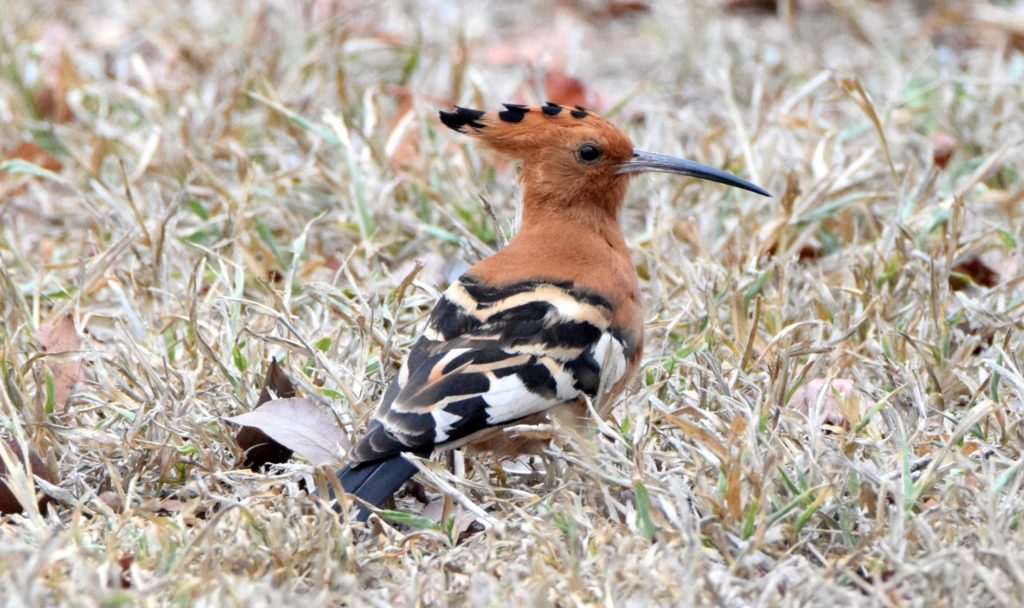
Less-well-known to birders, Portugal hosts many of the most sought-after species such as Great Bustard, Azure-winged Magpie, Great-spotted Cuckoo, and Booted Eagle, as well as iconic European species such as Eurasian Hoopoe and Common Kingfisher.
Fall migration extends from August into early November; our timing on this Portugal birding tour is great for arriving waders, waterbirds, and raptors. By October temperatures in the vast and arid Alentejo are cooling down and every day brings overwintering species in from northern latitudes. Coastal and sea birding from the coast while in the Algarve is exceptional, with far fewer birders and crowds. Over 20,000 water-birds winter regularly.

